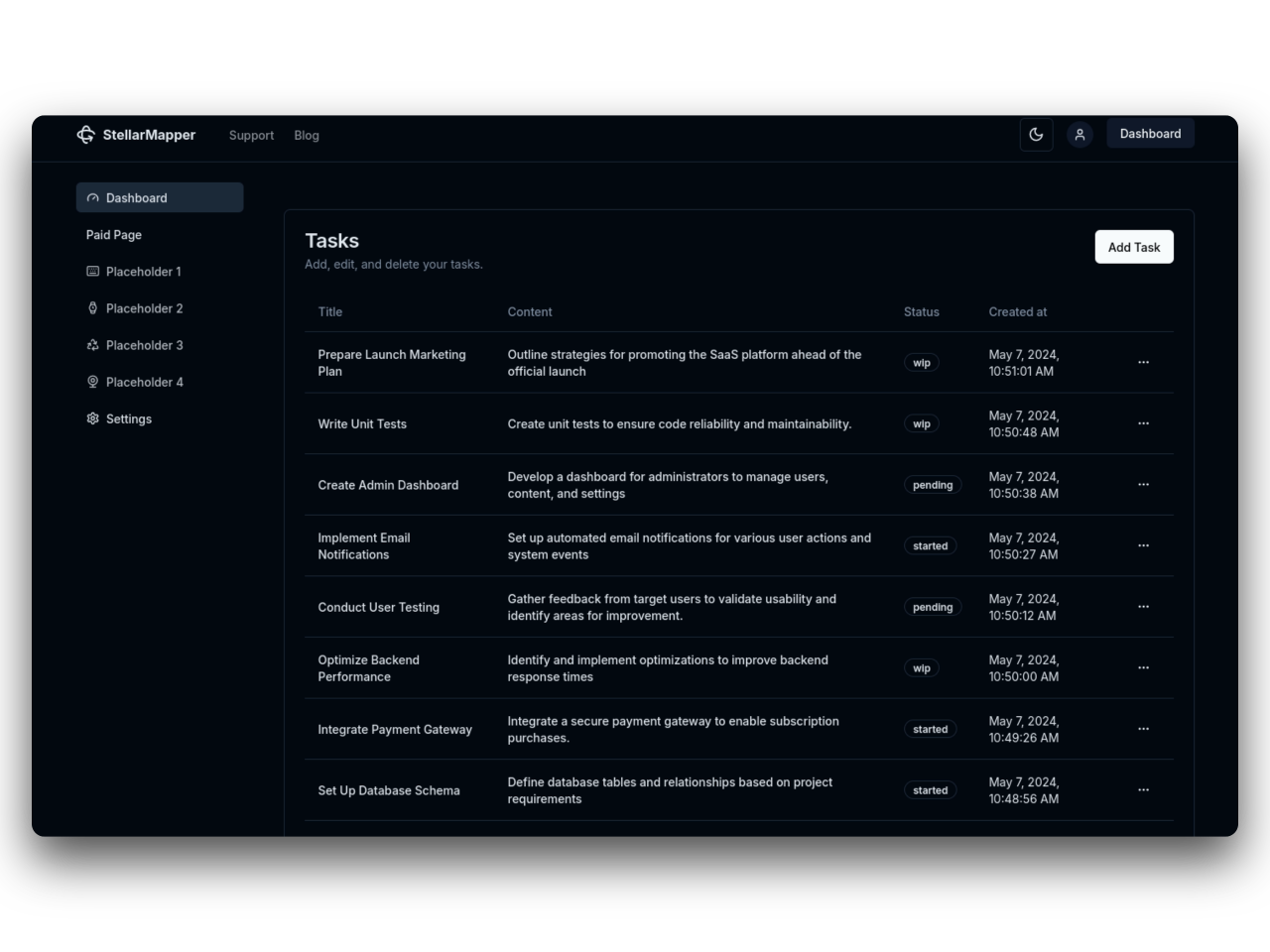The Importance of Security in SaaS Development
In the ever-evolving digital landscape, Software as a Service (SaaS) has emerged as a dominant model for delivering applications. The convenience, scalability, and cost-effectiveness of SaaS solutions have drawn businesses of all sizes into the cloud. However, with these advantages comes a significant responsibility: ensuring the security of data and applications. The importance of security in SaaS development cannot be overstated. In this blog post, we will explore the significance of security in SaaS applications, common security challenges, and best practices to fortify your SaaS offerings against threats.
Understanding Security in SaaS
SaaS applications are hosted in the cloud and accessed over the internet, which means they are vulnerable to various threats such as data breaches, unauthorized access, and cyberattacks. Unlike traditional software, which is often installed and maintained on a single local machine or server, SaaS applications are designed to handle multiple clients, making them attractive targets for hackers. Therefore, ensuring robust security measures is crucial for protecting sensitive data and fostering trust among users.
Key Security Challenges in SaaS Development
1. Data Protection and Privacy
Data is the lifeblood of any SaaS application. Whether it's customer information, payment details, or proprietary business data, protecting this information is paramount. A data breach can lead to severe consequences, such as financial losses, legal ramifications, and irreparable damage to your company's reputation. Compliance with regulations such as the General Data Protection Regulation (GDPR) and the Health Insurance Portability and Accountability Act (HIPAA) also necessitates stringent data protection measures.
2. Identity and Access Management (IAM)
With multiple clients accessing the same application, managing user identities and permissions becomes challenging. Ensuring that only authorized personnel have access to sensitive information is essential to minimize the risk of insider threats and unauthorized access. Weak password policies, inadequate authentication methods, and poor session management can expose your application to various vulnerabilities.
3. Multi-Tenancy Security
SaaS applications often utilize a multi-tenancy architecture, allowing multiple clients to share resources while keeping their data isolated. However, if not designed properly, this approach can inadvertently lead to data leaks where one tenant can access another's data. It is crucial to implement robust isolation mechanisms to prevent such occurrences.
4. API Security
APIs (Application Programming Interfaces) are the backbone of many SaaS applications, enabling integration with other services and platforms. However, APIs can also be a significant attack vector if not secured adequately. Poorly designed APIs can expose sensitive endpoints to unauthorized users, leading to data breaches or other malicious activities.
5. Compliance and Regulatory Requirements
SaaS providers must navigate a complex landscape of compliance and regulatory requirements. Non-compliance can result in heavy fines and legal issues. It is essential to stay informed about relevant regulations and implement appropriate security measures to meet these requirements.
Best Practices for Ensuring Security in SaaS Development
1. Prioritize Security from the Start
Security should be integrated into the software development lifecycle (SDLC) from the very beginning. Adopting a "security by design" approach means considering security implications during planning, design, and implementation phases. Conduct regular security assessments and threat modeling to identify potential weaknesses early on.
2. Implement Strong Authentication and Authorization Mechanisms
Utilize strong authentication methods such as multi-factor authentication (MFA) to verify user identities. Properly manage user roles and permissions to ensure that individuals can only access data and functionalities pertinent to their roles. Regularly review and update access controls to keep up with changing user requirements.
3. Encrypt Sensitive Data
Data encryption, both in transit and at rest, is crucial for safeguarding sensitive information. Use industry-standard encryption protocols to protect data transfers and secure storage solutions to protect data at rest. Additionally, ensure proper key management practices are in place to maintain the confidentiality of encryption keys.
4. Regularly Conduct Security Audits and Penetration Testing
To ensure the effectiveness of your security measures, conduct regular security audits and penetration testing. These assessments help identify potential vulnerabilities, misconfigurations, and weaknesses in your application and infrastructure. Engaging third-party security experts can provide an unbiased evaluation of your security posture.
5. Stay Updated on Security Threats
The cyber threat landscape is constantly evolving. Stay informed about the latest security vulnerabilities, threats, and industry trends. Subscribe to security bulletins and participate in forums to understand new attack vectors and protective measures.
6. Foster a Security-First Culture
Cultivating a security-first mindset within your organization is key to ensuring long-term success. Provide ongoing security training for developers, operations teams, and end-users. Ensuring that everyone understands the importance of security and adheres to best practices can significantly reduce the risk of human error.
7. Invest in Incident Response Planning
No matter how robust your security measures are, incidents can still occur. Prepare for the unexpected by developing and implementing a comprehensive incident response plan. This plan should outline specific procedures for detecting, addressing, and remediating security incidents, thereby minimizing potential damage.
Conclusion
The importance of security in SaaS development is undeniable. With the ever-present threat of cyberattacks and the responsibility to protect sensitive information, SaaS providers must prioritize security throughout the development and operational processes. By understanding the key challenges and implementing best practices, organizations can build resilient SaaS applications that instill trust in their users and safeguard vital data. Investing in robust security measures is not just a necessity; it's a commitment to excellence that can differentiate your SaaS solution in a competitive marketplace. Stay vigilant, stay proactive, and put security at the forefront of your SaaS development strategy.
